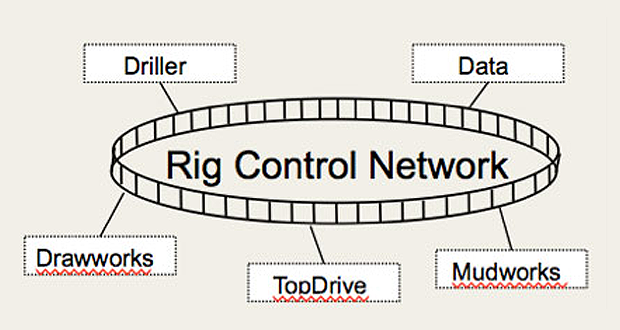Complex control theory could produce autonomous drilling operations

By Mike Killalea, Editor and Publisher
Applying complex control theory could transform long-sought autonomous drilling operations into a reality, potentially reducing manpower and increasing safety, an expert in these systems from the aviation industry told attendees at the 2015 IADC/SPE Managed Pressure Drilling and Underbalanced Operations Conference, held during April in Dubai. “I’m not a drilling expert,” Dr Kevin Wise, Senior Technical Fellow for Boeing Phantom Works and President/CEO of Innovative Control Technologies, said. “I work in the aerospace industry and make things fly, but I know adaptive control theory very well.”
“I think a lot of the hard things that we have to do in drilling can be solved or improved upon by using some of these advanced control methods,” he predicted.
Dr Wise, who also serves as Chief Advisor for Kelda Drilling Controls, has worked with Boeing for 32 years developing control systems for autonomous vehicles. The conference’s keynote speaker, Dr Wise discussed the complexity and engineering of autonomous systems, relating it to the drilling industry.
“Autonomy has become a very common framework and thread in all industries,” he said, “in automating and reducing the workload on people and also trying to improve safety.”
Autonomous aircraft are not simply remotely piloted, Dr Wise explained, but are self-directed, driven by complex control systems.

“There have been a lot of breakthroughs in things that deal with non-linear systems,” he said, “and I think that’s where the oil and gas industry has a lot of commonality with aerospace, in how hard this problem is … and how little information you have about the bottomhole in all its complexity.”
Following the earliest manned flights, aircraft technology advanced to produce more complex and faster vehicles. With increased speed, control systems quickly became much more complex.
“Look at today’s aircraft,” he said. “The shapes are much different, (and) they’re being built for different purposes. They’re unstable, so without a control system actually making the airplane stable, these airplanes would not fly.”
Moving away from mechanical solutions to digital proved an enabling capability for aerospace, he explained. The oilfield is replete with many of the same problems.
“This is where I like to talk about control theory, control systems and integrating the drawworks, integrating the top drive, integrating the mud system, integrating all control systems onboard the rig to perform at a much greater capability than what you currently have today,” Dr Wise said.
In aerospace, when all systems are integrated across the entire airplane, much better performance is obtained than when each piece is individually engineered, he added.

Dr Wise also addressed the concept of “a day in the life” (DITL). Using an MPD system DITL as an example, he asked how that would impact engineering of every facet of equipment supporting MPD operations.
“Taking that upfront requirements analysis and then developing all the software, all the equipment and then, as we try to increase the autonomy or deal with some of the non-linear characteristics of the overall systems dynamics, how do you prove that that software is going to work when you get into the tests and get it onto a rig so that you don’t have any safety issues?” Dr Wise asked.
A key, he said, is to close knowledge gaps all along the way.




